Whilst researching the Thirsty Work folksong radio series from 1940, I became particularly interested in the traditional culture in the village of Redmire, in Wensleydale, North Yorkshire.
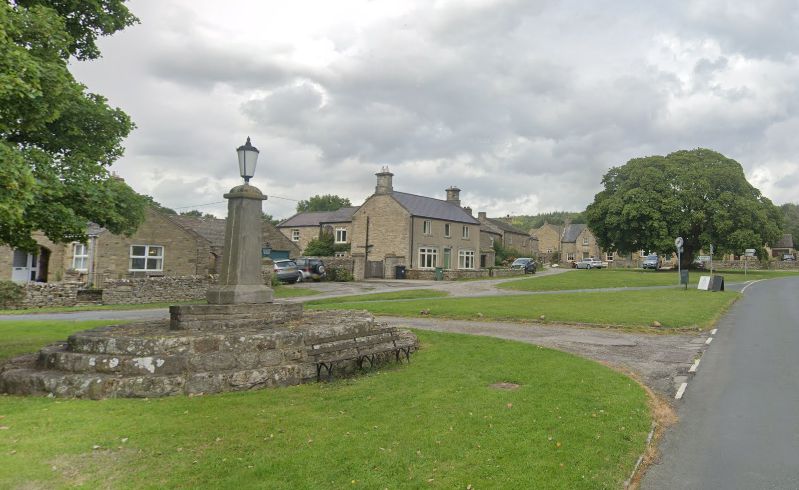
Redmire, a pretty village laid out around several greens, stands in the shadow of the dramatic ruins of Bolton Castle. There were two pubs in the village, of which the King’s Arms seems to have been central to traditional life, and was indeed the location of the radio broadcast in 1940.
In the early twentieth century, the two villages proved attractive to a small group of artists and writers, including Fred Lawson, who chronicled many of the traditional cultural activities around the area. Lawson lived in Castle Bolton from the 1920s until his death in 1968, and it was a mention of “Cheesecake Gathering” in one of his regular articles for The Dalesman magazine, in September 1948 that set me off to find out more:
“At Feast time every house was filled with visitors and the population was at least doubled. The butcher who came round weekly with his trap always brought two traps at Feast weekend. A gay gathering of caravans, roundabouts, and stalls would crowd the Redmire Green, and there would be enthusiastic contests at quoits, ‘wallops’, and foot-races, with several trotting matches during the three days. There was, of course, a dance every evening.
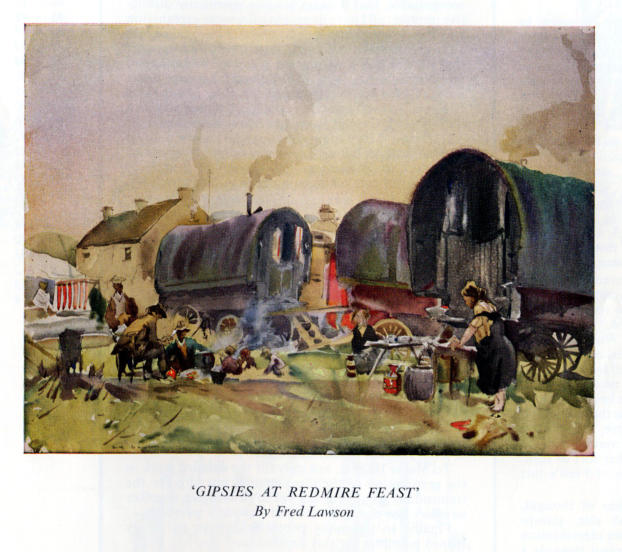
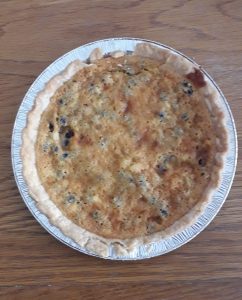 “The cheese-cake gathering was the highlight of the Feast. I think this came to an end about 1910, and I think I saw, and heard, the last. I was in the pastures about half a mile above Redmire when I heard so much noise that I thought the place had gone mad. I was told it was the cheese-cake gatherers setting out.”
“The cheese-cake gathering was the highlight of the Feast. I think this came to an end about 1910, and I think I saw, and heard, the last. I was in the pastures about half a mile above Redmire when I heard so much noise that I thought the place had gone mad. I was told it was the cheese-cake gatherers setting out.”
[Editor’s note: Yorkshire cheesecakes are a kind of curd tart with dried fruit in a pastry case. This was from J.W. Cockett in Hawes, near Redmire. Yummy!]
“Anyone and everyone joined in, so long as they were dressed in an absurd rig-out and – for preference – had blackened their faces. The whole body went in procession through the village. One or two would call at each house, often on the pretence of oiling the clock, and they would only come away when they had been given something to put in their baskets they carried with them. When the whole village had been visited the procession moved back to the local inn where the cheese-cakes were eaten.”
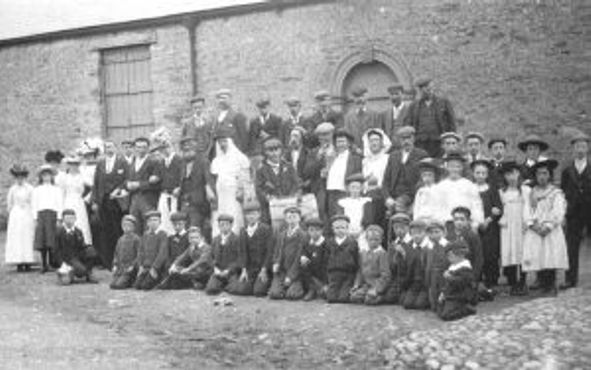
The photo above dates from 1900 and is taken outside the Old Town Hall, directly adjacent to the King’s Arms. The image below is from 1907, almost directly contemporaneous with Fred Lawson’s recollections, and you can see people with blacked-up faces, costumes and baskets for the cheesecakes. Some sort of horn is being blown by the man in the centre, but other musical instruments are not in evidence.
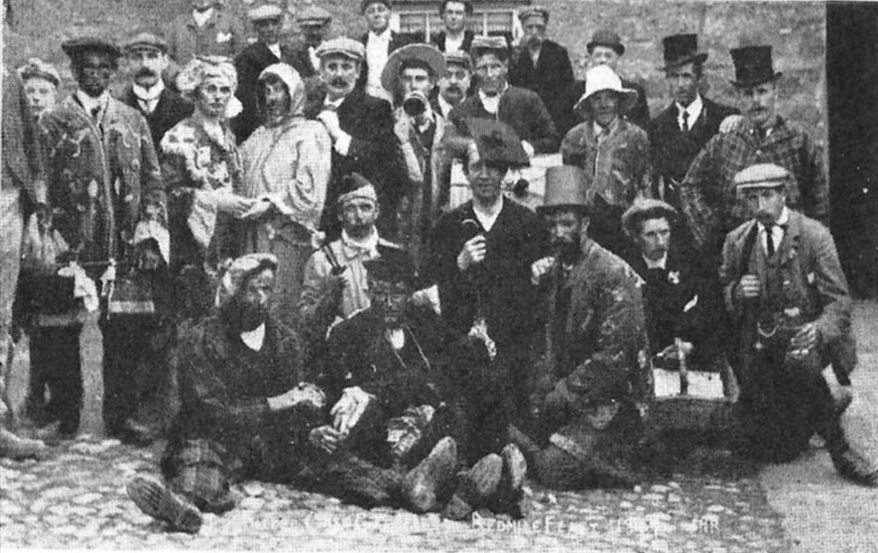
Lawson briefly mentioned the custom of calling into houses “on the pretence of oiling the clock”.
This had its roots in the trade of itinerant clockdressing, about which the Notes and Queries column of the Leeds Mercury carried the following description in 1902:
“To the present day old clock-dressers go the rounds of these old homesteads in the Halifax mountain townships in the summer months, as they did in the old days—a round which is a most pleasant variation from the long winter – sitting at their working benches in the town. If one of these old clocks does get “out o’ gear,” it has to remain so until the old clock-dresser comes his usual round. Too cumbrous to carry, the clock cannot go to the dresser; the dresser must come to the clock.”
This of course was when a cottage or farmhouse clock was most likely to be a piece of furniture (perhaps even a Grandfather clock) rather than a small portable one.
In 1903, several Yorkshire papers printed a brief article originally published in the Pall Mall Gazette about a slight variation in this practice:
“The correct way of dressing the clock [at Grassington] is to look towards it with a pot of ale in hand and drink the ale. There is no form of words for the ceremony. The occasion is a Yorkshire village feast, and some freakish turn of humour has found in clockdressing a pretext for open-house hospitality.”
In September 1923, the Yorkshire Evening Post featured a long article specifically about the “clockdressing” custom in Redmire itself. The original article may be seen here, but below is a transcription of the most salient information.
“The shadow of Redmire Feast”
“Old customs fading”
“Procession of the clock dressers abandoned”
“The feature of the old Redmire Feast was the procession of the “Clock Dressers and the Cheesecake Harvesters”. There was no procession this year, and all that remains of the old custom is the picture that hangs in the kitchen of the King’s Arms, and the stories.
“The picture shows a merry party, gaily dressed in strange and wonderful costumes, and a weird band of musicians. Their duty it was to visit every house in the village to “dress t’clock”. They carried carefully a bottle with a feather in it and several baskets, and at each house they inquired after the clock.
“The reply was always the same: “Nay, t’clock’s reight eno’!” the householder would say, and then he would produce his contribution to the cheesecake harvest. It mattered not whether it was money, food or drink, the clock dressers accepted all.
“The drink went into the “Oil bottle” with the feather in it, the cheesecakes or buns into the baskets, and the money into the treasurer’s pocket. Then, when the round had been completed, the harvesters made their way to the King’s Arms, to store away their gleanings until the following Saturday.
“The money paid for a “Round Robin” and the cheesecakes were good to eat, except those that had been unfairly made.
“There were them” an old Dalesman told me “as played with their cakes and put pepper and suchlike into harmless looking buns. But it was fun. There was always something to take the bite o’t’pepper away, and the band played well eno’ and we had a reight band i’Redmire once.”
“The harvesters [ … ] were there to see that everyone joined in the fun, and those that were reluctant, whether strangers or not, were persuaded gently. Sometimes the persuasion took the form of blacking the stranger’s face – and sometimes the harvester, prepared for all emergencies, carried with him a bag of blue colouring.”
The custom of Cheesecake Gathering seems to have lasted a little longer in the nearby village of West Witton, where it was said to have carried on up to the Second World War.
To read about the Thirsty Work radio programme recorded in the King’s Arms in Redmire in 1940, see Thirsty Work Part 2 on this website.
For more about Fred Lawson see the Yorkshire Dales website.
With thanks to Ian Spensley of Redmire for his help.
Anyone wishing to cite this original research should credit it to Katie Howson and cite this website as the source. © Katie Howson, 2023.
Should you wish to use any of the information or images here, please do contact me first.
Recent Comments